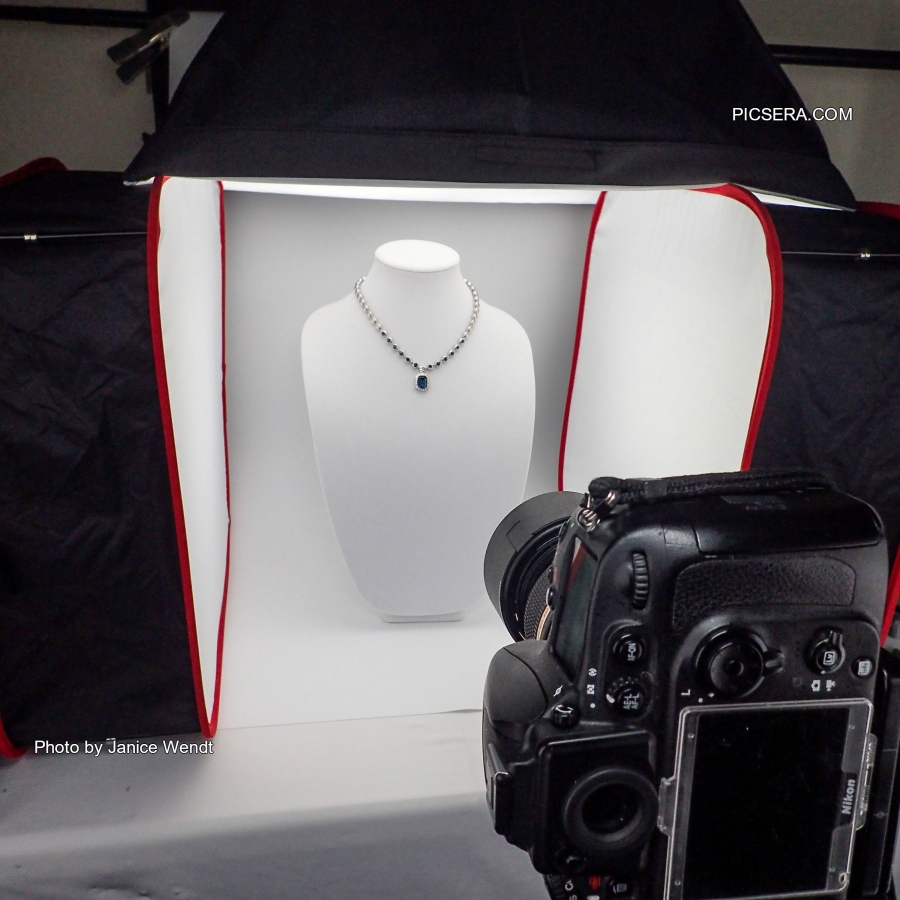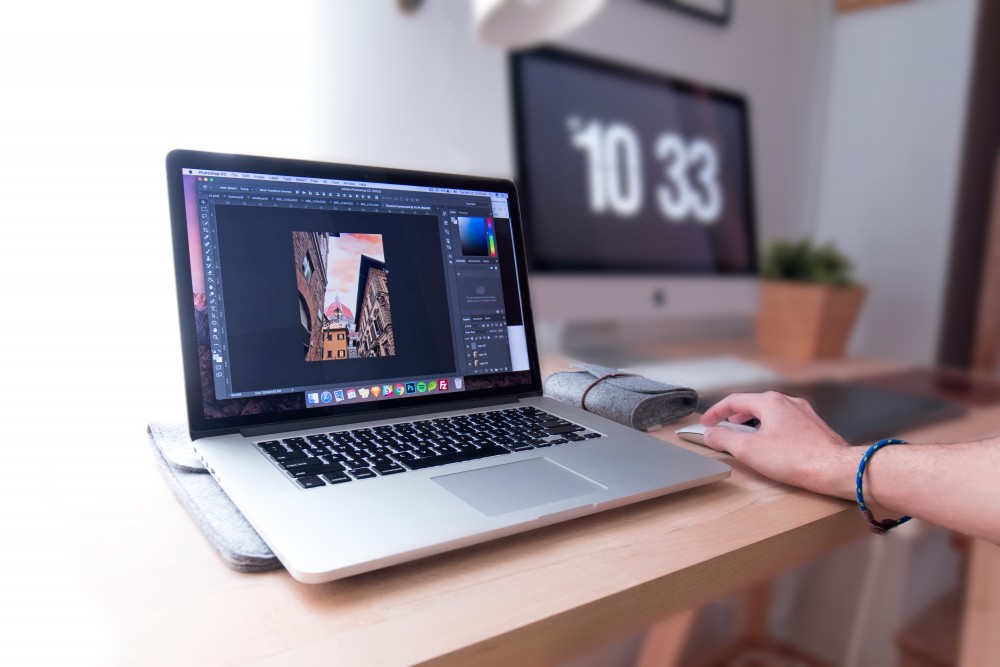As more and more retailers continue to swap brick and mortar stores for ecommerce ones, product photography has become increasingly important. This has brought issues and bottlenecks to the selling process. Before, retailers just had to purchase products and place them in stores, now they have to prep, photograph, edit, and upload photos as fast as possible to sell and turnaround inventory fast. And all this workflow has to be completed while keeping product photography costs low and quality standards high.
To solve the product photography pricing issue, many retailers have turned to a DIY approach trying to keep budgets low. Others have trained existing staff to take product photos, have hired photographers, or outsourced the work. But, what is the right solution? The answer varies according to multiple factors such as business’ size, stage, number of products, budget, and more. Whether you’re looking to scale your business, or just starting out, this guide will help you evaluate the pros and cons of outsourcing vs inhouse product photography to make a well-informed decision. Let’s get started!
DIY Product Photography or Shooting In-House
About the Product Photography Process
Before we delve into details, let’s have a quick overview of the steps and equipment required to get professional-looking product images in-house. Having this list in mind will help you visualize all the components you need to successfully shoot products. Note that shooting and photo editing are 2 separate steps that can be outsourced individually.
- Equipment. The equipment may vary slightly depending on the quality of images you’re looking to get and the types of product you’re shooting. However, at the very least, you’ll need:
- Camera
- Lighting equipment
- Background (preferably a white background)
- Props to hold products in place (stands, frames, other)
- Studio Space. A space designated to take photos that has all the equipment necessary at hand.
- Someone to shoot. Depending on your budget, this person can be a professional photographer, or a trained staff member.
- Editing Software and Editor. You’ll need programs like Photoshop and someone skilled to remove backgrounds, retouch, and color correct.
Pros of Shooting In-House or DIY
Total Control
Shooting in-house represents full control of all product photography related activities. You’ll have the chance to experiment with different set ups, backgrounds, and shooting styles. Additionally, you’ll get the opportunity to formalize your shooting and editing process to be replicated by other members of your staff or an outsourcing company.
Cons of Shooting In-house or DIY:
Heavy Investment: People, Time, Money
Shooting in-house demands a variety of investments. To start, you’ll need to buy all photography equipment, including lights, cameras, and another set up equipment. Depending on the equipment you’re looking to purchase, it can end up costing several thousands of dollars.
Then, you’ll need to designate a space to shoot. The space should have enough room to put all the equipment and preferably get a decent amount of light to compensate for any lack of lighting equipment.
Finally, you’ll need someone to shoot. If this person is not trained, you’ll have to invest additional time to train him or her properly to achieve good quality photos. Small and reflective products can take more time to learn since they are very tricky to shoot! If you’re shooting yourself, this process can be more detrimental for your business since you’ll have less time to focus on it.
Outsourcing Product Photography
Pros of Outsourcing Product Photography
Save Time and Space
Shooting products can be a whole day affair. Let’s say you have 50 products to shoot per week and each product takes on average 15 minutes to shoot. This means that every week you or someone in your team would spend north of 12 hours to shoot inventory. This time can easily turn into 2 whole work days when you factor in breaks and setting up studio equipment.
On the other hand, outsourcing your product photography will free up all that extra time, leaving you or your team more time to focus on growing the business. Also, you’ll be able to save space for more inventory.
Cons of Outsourcing Product Photography
Budget
Outsourcing product photography usually consists of shipping products to be photographed by a professional studio or photographer. Cost varies depending on product since some products are tougher to photograph than others. On average, you’ll end up paying about $20 per shot.
Going back to the previous example of 50 new products to shoot per week, outsourcing this work would represent about $1,000 per week or $4,000 per month. This cost may or may not make sense for your business depending on the stage you’re in, the amount of inventory per SKU, and the profit margin.
For example, if you only have 5 products of 1 SKU and each product is worth $3, paying $20 to get it photographed may not make sense. On the other hand, if you have the same scenario but your products are worth $1,000 each, paying $20 to get one professional looking photo makes sense.
Outsourcing Photo Editing
There are reasons why shooting in-house may make sense for your business, however, outsourcing image editing is really a no brainer. The pros of outsourcing this step in the photography process outweighs the cons.
Pros of Outsourcing Photo Editing
Cost Effective
Prices for image editing vary according to services and the image’s level of complexity. For example, a simple background removal to get the perfect white background can cost you less than $1 per image. Trying to do the same work yourself would take you about 20m to 1 hour per image. How much is your time worth? Expecting that 30 minutes or 1 hour of your time is worth more than $1, then outsourcing makes total sense.
If you opt for having an in-house editing team to do this work, it would have to take them a minute or less to be able to compete with the $1 edit you can get with outsourcing.
Faster Turnarounds than Doing it In House
Outsourcing image editing usually involves hiring an offshore editing team to do the work. Fortunately, thanks to the time differences, they can work overnight so you can get your photos in 24 hours or less. For example, with Picsera, you can upload your photos before 6pm today and get them back by tomorrow morning. The additional benefit is that you have a US based team that can provide you support whenever you need it.
Cons of Outsourcing Photo Editing
Finding the Right Partner
As with any outsourced service, it’s tough to find a company that is reliable and consistent with work. Many offshore companies may not be available to provide support during US times and the language barrier may be too big to overcome. However, there are still other US based companies like Picsera that can provide the level of support your business needs and offer competitive rates.
Product Photography Pricing: How to Find the Right Solution
Now, let’s put all of this information together to get a solution. Ask yourself this list of questions to guide you in the process:
- How many new product SKUs do I need to photograph every week or month? Get an average of the number of SKUs you launch per month. Take in consideration seasonality demands. If you need to shoot product every single day, shooting in-house may make more sense than outsourcing. However, if you just need to shoot once per week or a handful of times per month, outsourcing may be a good fit.
- How much inventory do I carry per SKU? The inventory size or profit margin per SKU has to be big enough to justify the spent on photography.
- On average, how much each new product is worth? The inventory size or profit margin per SKU has to be big enough to justify the spend on photography.
- What do I need these images for? Are they for Amazon, Ebay, or Google Shopping? If so, those images have to follow a special editing style that may take more time than usual to accomplish.
- How much time do I have to learn new skills or to train my team? Photographing in-house will require a big time investment to learn all the skills necessary to shoot properly. If you can’t afford to spend that time, outsourcing may be your best bet.


